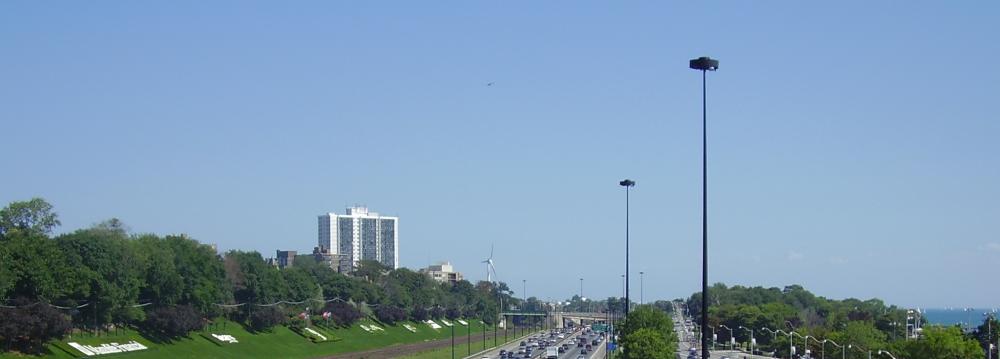Two years after Prime Minister Narendra Modi took office, the Indian economy presents a mixed picture. Despite claims that it is the fastest growing large economy in the world, doubts linger about its actual health.
These doubts stem from confusion about gross domestic product estimates since the new series was announced in January 2015. Many seasoned observers continue to suggest that the growth in gross value added recorded in these estimates overstates India’s actual economic performance. The macro estimates seem to strongly differ from micro phenomenon, EconomyWatch reported.
For example, while the GVA calculates that manufacturing growth is above 7%, the Index of Industrial Production, which measures the growth in physical output in the industry sector, yields an industrial growth of less than 2%. This can only be explained by a sharper fall in input prices compared to the price of final output and may reconcile with stagnation in volume terms.
The discrepancy reflects significant weakness in the corporate sector, which by all accounts is not generating new jobs. Investment and capacity expansion is at a virtual standstill. Growth in credit off-take from commercial banks by private industry is languishing at 9%—the lowest growth in recent times. In addition, exports have been declining for 18 months.
The Good Side
The good news is that the economy has successfully weathered two years of subnormal monsoons and anaemic global economic growth. India has firmly emerged out of the group of the ‘fragile five’ (Brazil, India, Indonesia, Turkey and South Africa), which it found itself in, in the second half of 2013.
With foreign exchange reserves at an all-time high of $363 billion, a current account deficit of just 1.3% of GDP, external debt of less than 25% of GDP (of which 83% is long-term debt) and foreign direct investment inflows topping $30 billion during 2015–16, India is the only one of the BRICS (Brazil, Russia, India, China and South Africa) still standing. This augurs well for the future.
The Modi government has already undertaken a very large number of incremental reforms across a range of sectors.
The first aim was to expand financial inclusion by opening as many as 200 million new bank accounts.
The second was to improve the delivery of subsidies by moving towards a system of direct cash transfers, which better targets beneficiaries.
Third, the government has sharply focused on improving India’s inadequate physical infrastructure. The construction of national highways has accelerated. The government has allowed FDI in the railway sector for the first time, giving a major boost to railway modernization projects. In the energy sector, the mess that the government inherited in the coal-thermal power generation sector has been quickly resolved and an innovative financing scheme launched to try to liberate state distribution utilities from the debilitating impact of debt.
Further liberalization of FDI inflows in key sectors like defense, insurance, pharmaceuticals and commercial aviation has aided the business climate.
Difficult Experiment
However, the government has not attempted some critically needed structural reforms. Major sectors like agriculture, education, health, public sector enterprise management, judicial reforms and a much-needed overhaul of the administrative machinery have remained virtually untouched, perhaps because they are considered too politically risky.
In the next phase of Modi’s reform agenda, he will need to tackle the more difficult challenges and implement radical sector reforms if India is to sustain its growth momentum and generate the 10 million jobs each year required to absorb fresh entrants into the workforce.
While focusing on economic reforms, the Modi government will also need to ensure that India’s ongoing social and political transitions remain on track.
The social transition, if not carefully handled, could generate inexorable stresses that will surely push back any progress made on the economic front.
These are extraordinarily complex policy challenges that confront Modi today. If he succeeds, as one must hope he will, the Indian experience could serve as a model for other emerging economies navigating economic transitions while simultaneously trying to deepen their democratic institutions.


